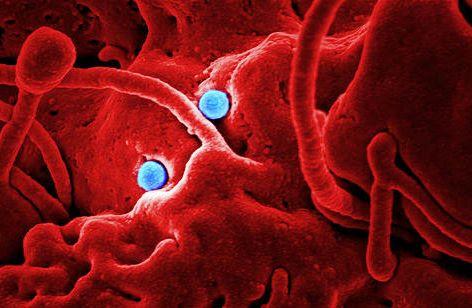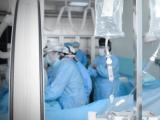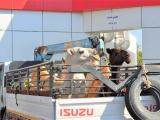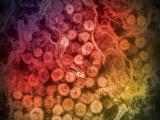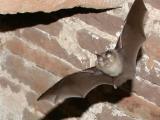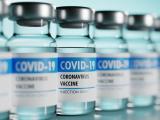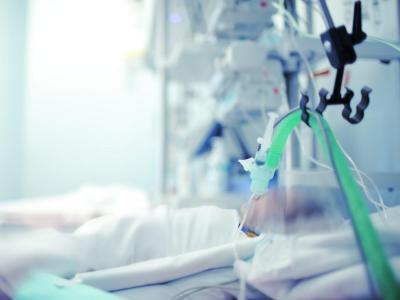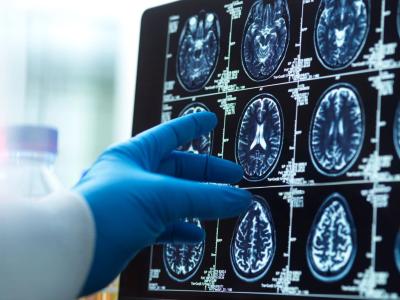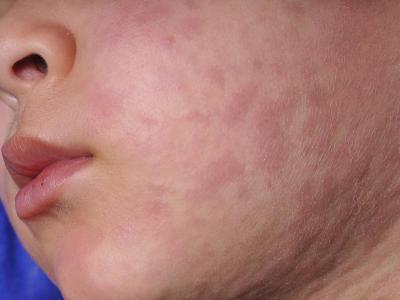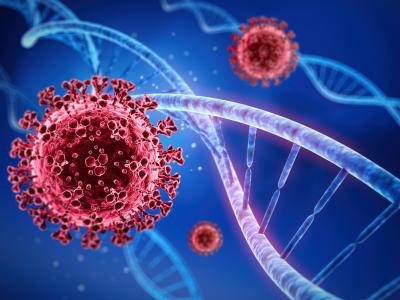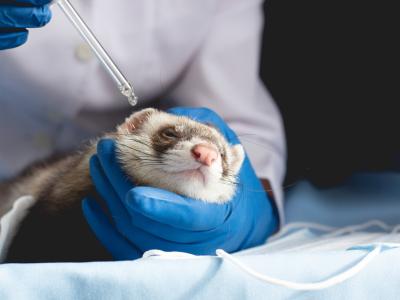Saudi Arabia reported an asymptomatic MERS-CoV case in Riyadh that might be part of a cluster of infected janitor roommates, while the European Centre for Disease Prevention and Control (ECDC) said recent hospital-related cases in Jordan bear watching but pose little risk to Europe.
In other news, a study in human-adapted mice noted extensive organ damage and death from MERS-CoV (Middle East respiratory syndrome coronavirus).
New Riyadh case
The new case in Riyadh involves a 52-year-old female expatriate who is not a healthcare worker, the Saudi Minister of Health (MOH) said today. The situation is similar to the cases of at least 6 other recent patients in the Saudi capital, at least 4 of whom are among 36 female janitors sharing a three-bedroom apartment east of the city.
The recently diagnosed woman is infected but showing no symptoms, the MOH said. She had contact with another MERS patient, but the agency did not specify the nature of the contact or with whom.
The development raises the country's MERS total to 1,262 cases, including 539 deaths, the agency said. Thirteen patients are still undergoing treatment.
Jordan outbreak 'of concern'
The ECDC today said that a recent 16-case outbreak centered in a hospital in Amman, Jordan, "is not unexpected although is of concern," but the agency did not recommend any travel restrictions.
The agency said that, from Aug 26 to Oct 13, Jordan reported 7 deaths among the 16 cases. It said the probable location of infection for all patients is Amman, but the first patient had recently traveled from Saudi Arabia, so infection in that country could not be ruled out.
The nine male patients had a median age of 56 (range, 29 to 78 years), while the seven female patients had a median age of 47 (range, 1 to 73 years).
Known exposures include:
- Two healthcare workers who provided care to a MERS patient
- Six patients who were admitted to or visited a hospital where a MERS patient was hospitalized
- Three people who are contacts of hospitalized MERS patients
- Three individuals who had visited a MERS patient in a hospital
Exposure history is still being explored for two of the patients. Three of the 16 patients were asymptomatic at the time of diagnosis.
The ECDC concluded that the cluster does not raise the risk of MERS-CoV infection in Europe. It said the risk remains low, but it did advise increased awareness in travelers to outbreak countries.
Lung, brain damage in mouse study
University of Iowa researchers, meanwhile, noted that MERS-CoV caused extensive lung and brain disease in mice genetically modified to better model human infection, according to a study yesterday in the Journal of Infectious Diseases.
They noted high virus titers 2 days after infection in lung tissue and 6 days after infection in brain tissue. Infected lungs demonstrated mononuclear cell infiltration, alveolar edema, and microvascular thrombosis, with airways generally unaffected. The thalamus and brainstem exhibited the most involvement in terms of brain disease.
The investigators also found that a candidate vaccine protected the mice from lethal infection. They concluded, "These new mouse models of MERS-CoV should be useful for investigation of early disease mechanisms and therapeutic interventions."
See also:
Oct 21 MOH update
Oct 21 ECDC risk assessment
Oct 21 J Infect Dis abstract
